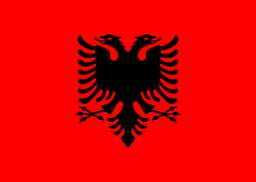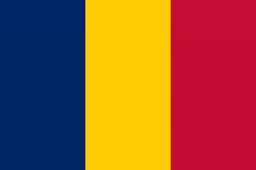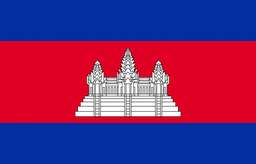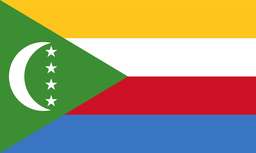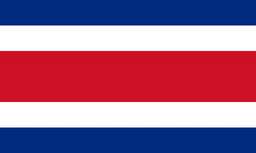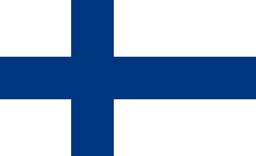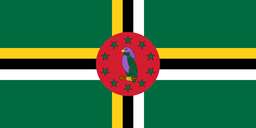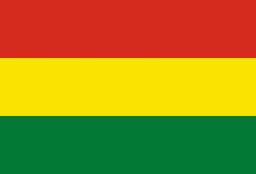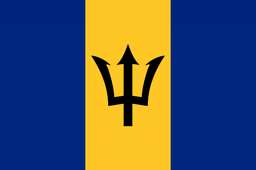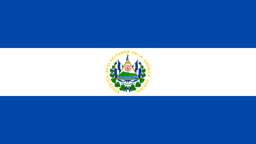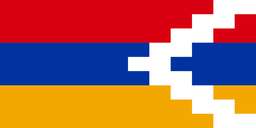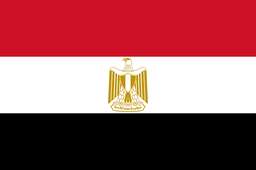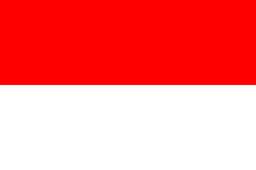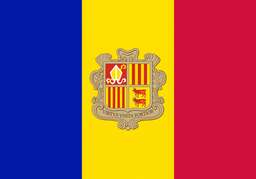Found in South America, Colombia formally is the Republic of Colombia. Fascinating, and with thousands of years of background.
Early Civilization
Before the entrance of Spanish explorers in the sixteenth century, several Indigenous civilizations called Colombia home. Masters in agriculture, these early societies developed sophisticated cities using creative architectural concepts. Among the most well-known societies were those of the Muisca people inhabiting the central highlands of Colombia. Renowned for their gold-working techniques, they traded with nearby tribes.
Spanish Colonization
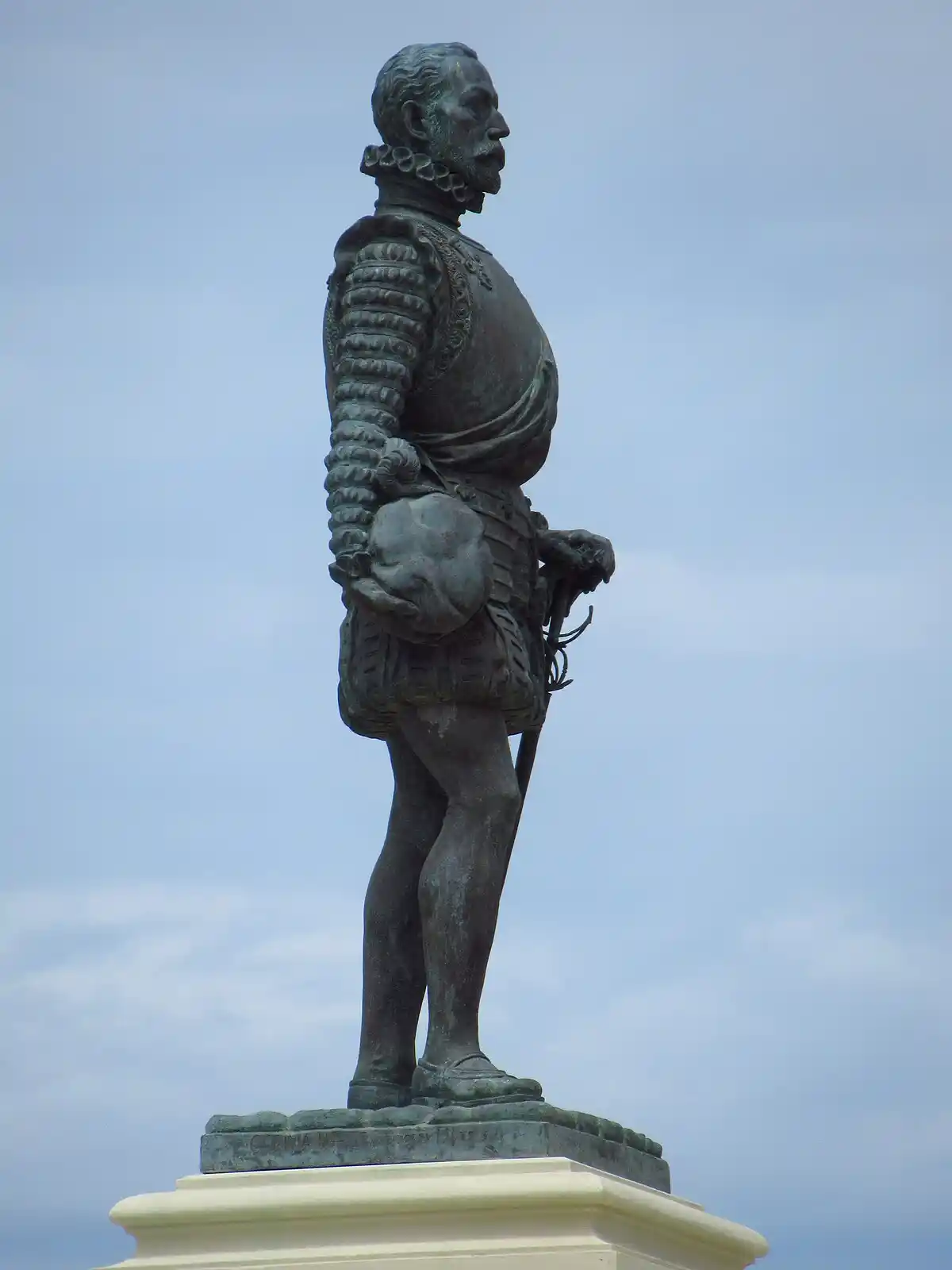
In 1499, Spanish explorer Rodrigo de Bastidas arrived in Colombia first among European immigrants. The Spanish were living all over Colombia and had founded a colony at Santa Marta by 1525. Under Spanish sovereignty, Colombia's abundance of gold, emeralds, and other precious resources made it a major source of money for Spain. Indigenous people who were compelled into work and converted to Christianity were therefore exploited and mistreated.
Colombian Etymology
The final name of Italian adventurer Christopher Columbus, who is credited with finding the Americas, forms the name "Colombia". But once known as "New Granada," the nation formally adopted "Colombia" in 1861.
Pre-Columbian period
Before Christopher Columbus arrived, there was the pre-Columbian age. Many indigenous communities inhabiting Colombia in this century have distinctive rituals and rites.
The colonial era
Colombia's colonial period ran over more than three hundred years, from the early 16th century until the late 19th century. Spain ruled most of South America during this period and instituted a rigorous hierarchical culture in Colombia. With elements from both indigenous and African customs, Colombian culture flourished even under Spanish control. Colombia now still clearly shows this mingling of civilizations.
Independence
Beginning the struggle for freedom from Spanish rule early in the 1800s, revolutionaries included Simón Bolívar and Francisco de Paula Santander. Finally, Colombia declared on July 20, 1810, its break from Spain. But Colombia formally acquired its freedom and became known as the Republic of Gran Colombia only on August 7, 1819.
Twentieth century
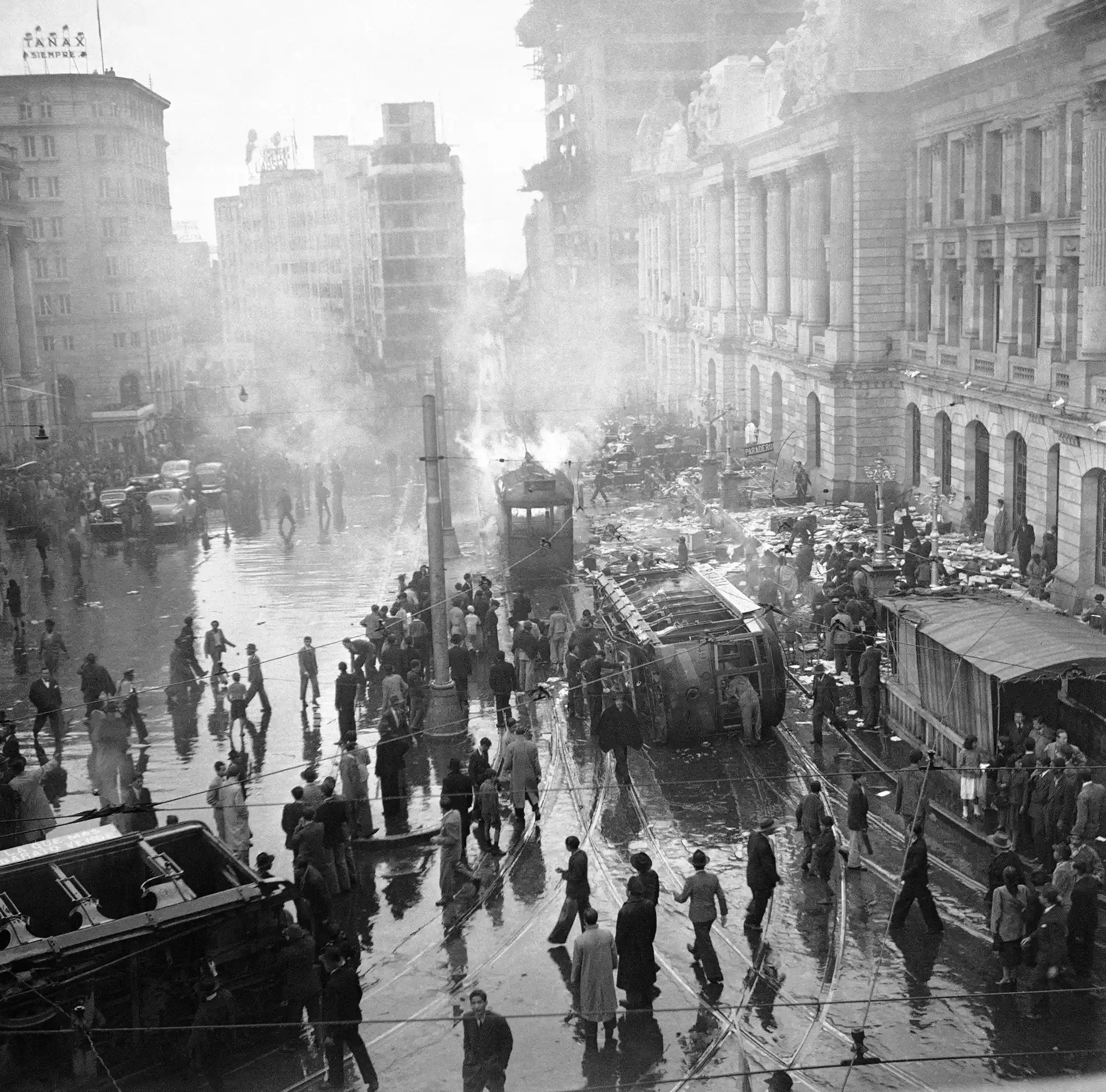
Notable events in Colombia over the 20th century included the Thousand Days War, which brought about political and societal transformation. Political struggle between conservatives and liberals drove Colombia into a period of bloodshed frequently referred to as "La Violencia."
In the twenty-first century
Colombia is a varied and energetic nation with a fast-expanding economy nowadays. Though internal strife and drug trafficking still present difficulties, the government is striving to bring stability and peace. With its stunning scenery, rich culture, and kind hospitality drawing guests from all across the globe, tourism has also grown to be a major component of Colombia's economy in recent years.
Geography and Cultural Development
Geologically speaking, Colombia offers the Andes Mountains, Caribbean and Pacific beaches, and the Amazon jungle. Also reflecting this range is its mixed African, European, and Indigenous society. Spanish is the official language, even if the country claims more than sixty indigenous languages are spoken there. Particularly well-known for its vibrant celebrations—the Carnival of Barranquilla—as well as its dynamic music scene, Colombia is.
Climate
Though the temperature of Colombia varies based on the region, generally it is tropical with certain parts having lower temperatures because of the great altitudes. Close to the equator, Colombia goes through a wet and dry season rather than separate seasons. Travel is best timed for December through March's dry season.
Diversity and preservation of species
Comprising a great range of plant and animal species, Colombia is among the most biodiverse nations on Earth. But poaching and deforestation have challenged this variety. Colombia has set aside approximately 10% of its territory as protected areas and launched several conservation initiatives to help address these problems. This comprises national parks like Los Nevados National Natural Park and Tayrona National Park.
Foreign relation
Along with keeping diplomatic relations with countries all around, Colombia is a member of the United Nations and the Organization of American States. Strong bonds to its neighbors—especially Venezuela, Ecuador, and Peru—also characterize it. A major player in promoting regional stability in South America, Colombia has also participated in various foreign peacekeeping missions.
Politics and government
Colombia is a presidential republic run on a multi-party basis. Iván Duque Márquez is Colombian's present president. Although political corruption and drug trafficking have plagued the nation, the administration has lately worked to solve these problems and advance peace by means of different projects and policies. Crime rates dropped dramatically under Álvaro Uribe's administration (2002–2010) while the economy grew.
Military
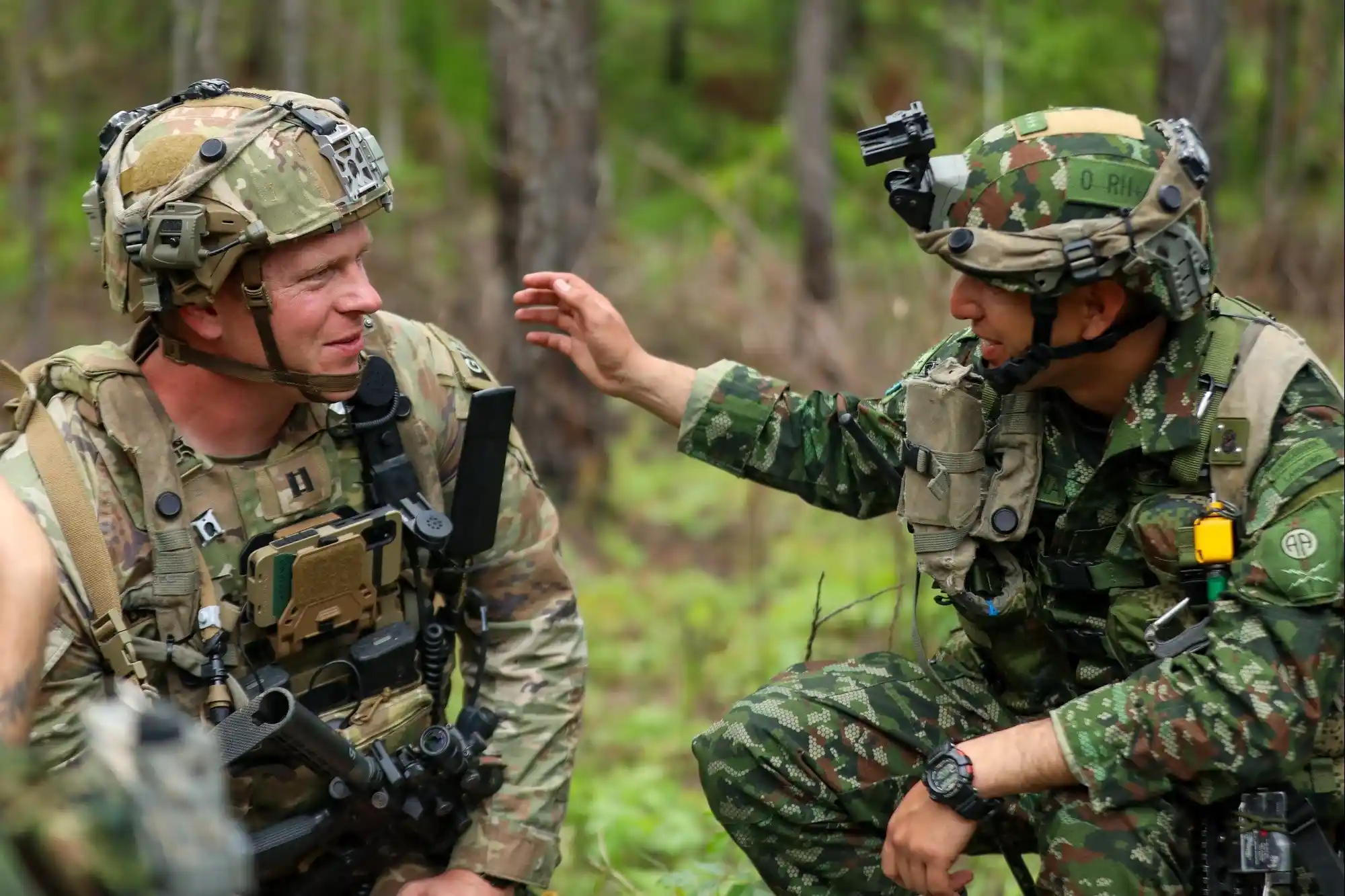
Under programs involving additional training and resource cooperation with international allies, the military's capabilities have been updated and enhanced recently. Comprising the Army, Navy, Air Force, and National Police, the Colombian military has been fighting wars with drug cartels and guerrilla groups, and is vital for maintaining national security.
Administrative division
There are thirty-two departments in Colombia, one capital district with local government under each governor. Along with nearly 1,000 municipalities, which are further split into smaller administrative divisions, the nation, although increased regional autonomy is made possible by this dispersed style of administration, can also cause differences in resources and development across various regions.
Economy
Manufacturing, tourism, mining, oil output, and agriculture define Colombia's diversified economy. Continually growing, it ranks fourth among all the economies in Latin America. The country mostly exports coal, cut flowers, coffee, and petroleum. Recent focus has been on attempts towards economic diversification and sustainable growth.
Natural resources
Coffee is a key export from Colombia, and the sector helps many rural towns. Additional important agricultural goods are flowers, sugarcane, and bananas. Along with great natural resources such as coal, emeralds, and oil, the nation also boasts that there have been questions regarding the effects of resource extraction on the surroundings, and initiatives to support sustainable living.
Transportation
Major highways and a vast airport network help to define Colombia's well-developed transportation infrastructure. Additionally, developing the nation's railway system for both goods and passenger travel. Regarding energy, Colombia is growing its renewable sources, including wind and solar power, while mostly depending on hydropower.
Education
Education in Colombia is both free and mandated for children ranging in age from five to fifteen. The country has made tremendous progress toward bettering access to education, but problems still persist in guaranteeing that every kid gets top-notch instruction. Many colleges all throughout the country offer higher degrees in fields including medicine, law, engineering, and the humanities.
Technology and science
Particularly in biotechnology, renewable energy, and information technology, Colombia is funding scientific research and technical developments. By means of programs and activities, the nation has also endeavored to foster innovation and entrepreneurship. The Science, Technology, and Innovation Policy of Colombia seeks to support an innovative culture and raise research and development investment.
Healthcare

Colombia boasts a universal healthcare system to cover its nationals. Access to healthcare services does, however, differ across urban and rural regions. Efforts to raise the caliber of medical treatments and increase coverage to underprivileged areas have lately attracted attention. The government has also carried out initiatives to fight illnesses, including tuberculosis and malaria.
Demography
More than 50 million people live in Colombia, from a diverse mix of ethnic backgrounds. Following white, Afro-Colombian, and indigenous populations, most people identify as Mestizo, that is, mixed indigenous and European. Though income disparity still exists, the nation has made great progress in lowering poverty and raising living standards for its people.
Language
There are additional dialects and variants of Spanish unique to some areas. Although there are over 70 indigenous languages spoken in Colombia, Spanish is the official language and the most often used one.
Religious Belief
Though there is a sizable Protestant and Evangelical Christian minority, most Colombians identify as Roman Catholic. Other religions followed in Colombia are Islam, Judaism, and other indigenous beliefs.
Ethnic groups
Mostly dwelling on the Pacific coast, the Afro-Colombian population consists of the San Andres Islanders and the Palenqueros. As was already noted, Colombia boasts a varied blend of cultures and ethnicities. The Wayuu, Arhuaco, and Kogui in the northern part and the NASA people in the south comprise the biggest indigenous communities.
Crime
Although Colombia is still regarded as a high-risk tourism destination, its crime rates have lately reduced somewhat sharply. Especially in rural areas, drug trafficking and organized crime are persistent problems. Still, the government has started many initiatives meant to solve these issues, like supporting the security staff count and funding social projects.
Urbanization
Colombia has quite a high degree of urbanization since about eighty percent of its people live in cities. Among the more sizable cities are Medellán, Cali, and Bogotá. Projects meant to solve problems, including traffic congestion and pollution in big cities, have been launched as the nation keeps modernizing and growing.
Literature

Rich in history, Colombian literature features outstanding writers, including the ageless masterwork "One Hundred Years of Solitude," written by Gabriel García Márquez. Among other really excellent writers are Álvaro Mutis and Laura Restrepo.
Architecture
Combining modern, Indigenous, and colonial motifs defines Colombian architecture. Some of the well-known sites are the cobblestone alleyways of the captivating historic walled city of Cartagena and the Salt Cathedral in Zipaquí. Sustainable architecture has been more and more important in Colombia in recent years; Medellín features, among other projects, the highest timber building in Latin America.
Cuisine
Spanish, Indigenous, African, and geography all have an impact on Colombian food. Among the most regularly used dishes are stew Sancocho, which calls for beans, rice, plantains, pig, and arepas, maize cakes. Reputed for quality, Colombia's coffee production is somewhat well-known.
Sports
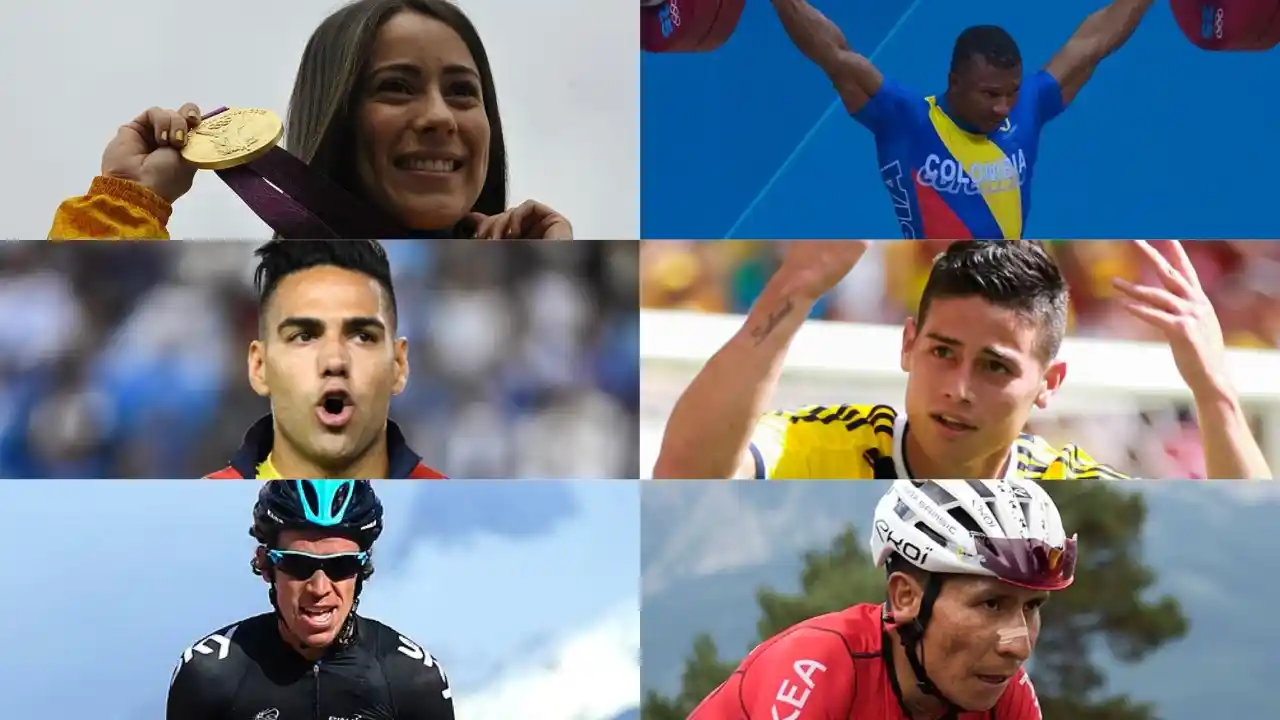
With the national team among the best in South America, football is the most-watched game in Colombia. Among the other often played sports are baseball, boxing, and cycling. The nation also hosts the Latin American Poker Tour and the Tour Colombia cycling race, among other major athletic events.




